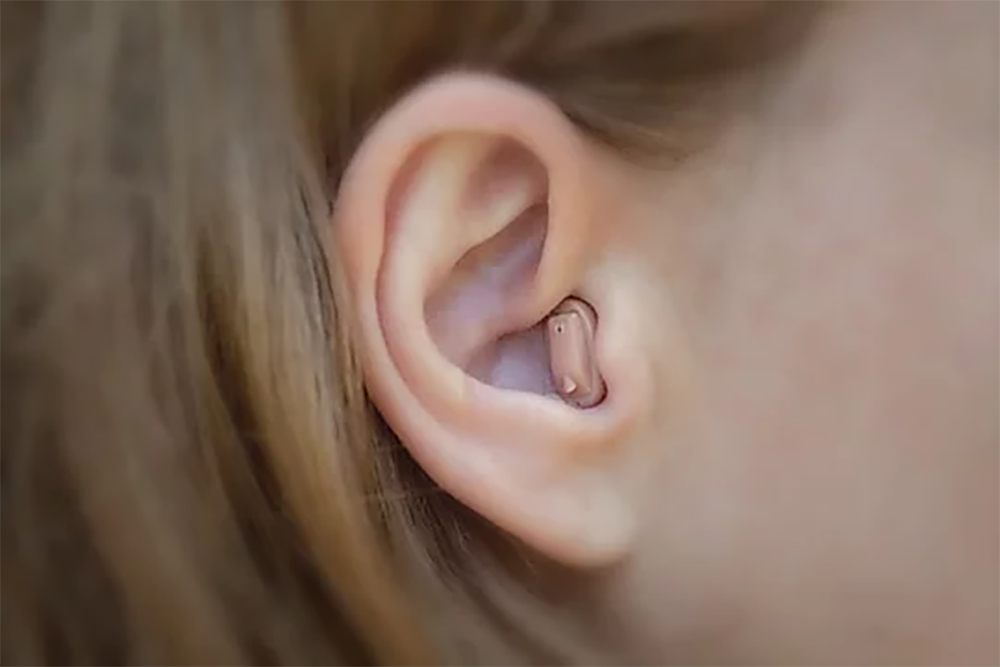Hearing Aids for Seniors: How to Choose the Right Device for Comfort, Clarity, and Everyday Use
Hearing aids can make a significant difference in the quality of life for seniors experiencing hearing loss. Today’s devices offer a range of features designed for comfort, ease of use, and improved sound clarity. This article explains what to consider when choosing a hearing aid for seniors, including fit, battery life, support services, and the latest technology. Learn how to compare different models, understand the benefits of professional fitting, and find solutions that match your lifestyle and hearing needs.

What are the most important features to consider in hearing aids for seniors?
When selecting hearing aids for seniors, several crucial features should be taken into account. First and foremost is the ease of use. Many seniors prefer devices with simple controls and larger buttons that are easy to manipulate. Rechargeable batteries are another popular feature, eliminating the need for frequent battery changes.
Sound quality is paramount, with advanced noise reduction and speech enhancement technologies making a significant difference in various environments. Compatibility with smartphones and other devices can also be beneficial, allowing for easy adjustments and streaming capabilities.
How does comfort factor into choosing the right hearing aid?
Comfort is a critical aspect of hearing aid selection, especially for seniors who may wear their devices for extended periods. The size and style of the hearing aid play a significant role in comfort. Behind-the-ear (BTE) models are often recommended for seniors due to their ease of handling and comfort level.
Custom-molded in-the-ear (ITE) or in-the-canal (ITC) devices can provide a snug, comfortable fit tailored to the individual’s ear shape. It’s essential to consider the weight of the device and any potential irritation points. Some hearing aids come with soft, hypoallergenic materials that can enhance comfort for sensitive skin.
What role does professional fitting and support play in the selection process?
Professional fitting and ongoing support are crucial elements in choosing and maintaining the right hearing aid. An audiologist or hearing specialist can conduct comprehensive hearing tests to determine the exact nature and degree of hearing loss. This information is vital in selecting the most appropriate device.
During the fitting process, professionals can make precise adjustments to ensure optimal performance and comfort. They also provide valuable instruction on proper use and maintenance of the device. Regular follow-up appointments allow for fine-tuning and addressing any concerns that may arise over time.
How do different hearing aid models compare in terms of features and usability?
Hearing aid models vary widely in terms of features and usability. Some high-end devices offer advanced sound processing capabilities, multiple listening programs, and wireless connectivity. These features can significantly enhance the listening experience but may come with a steeper learning curve.
More basic models focus on essential functions and may be easier to operate, making them suitable for seniors who prefer simplicity. It’s important to compare the battery life, water resistance, and durability of different models. Some hearing aids now incorporate fall detection and alert systems, which can be particularly beneficial for older adults.
What are some tips for adapting to new hearing aids?
Adapting to new hearing aids takes time and patience. It’s recommended to start by wearing the devices for short periods in quiet environments, gradually increasing usage time and complexity of listening situations. Practicing conversations with family members can help in getting accustomed to new sound qualities.
Many modern hearing aids offer smartphone apps that allow users to track their progress and make minor adjustments. It’s also helpful to keep a journal of experiences to discuss with the audiologist during follow-up appointments. Remember that it may take several weeks to fully adapt to new hearing aids, so persistence is key.
How do cost and insurance coverage impact hearing aid choices for seniors?
The cost of hearing aids can vary significantly, impacting the choices available to seniors. Basic models may start around $1,000 per ear, while advanced devices with premium features can cost up to $4,000 or more per ear. It’s important to consider long-term value, including durability, warranty, and included services when evaluating cost.
Many insurance plans, including some Medicare Advantage plans, offer partial coverage for hearing aids. However, traditional Medicare does not cover hearing aids. Some organizations and manufacturers offer assistance programs or financing options to help make hearing aids more accessible.
Here’s a comparison of different hearing aid options:
| Model Type | Average Cost Per Ear | Key Features | Typical Battery Life |
|---|---|---|---|
| Basic BTE | $1,000 - $1,500 | Simple controls, basic noise reduction | 3-7 days (disposable) |
| Mid-range RIC | $2,000 - $3,000 | Bluetooth connectivity, rechargeable | 24-30 hours (rechargeable) |
| Premium ITC | $3,000 - $4,000 | Advanced sound processing, smartphone app | 5-7 days (disposable) |
| High-end BTE | $4,000 - $6,000 | AI-assisted listening, fall detection | 24-30 hours (rechargeable) |
Prices, rates, or cost estimates mentioned in this article are based on the latest available information but may change over time. Independent research is advised before making financial decisions.
Choosing the right hearing aid involves careful consideration of features, comfort, professional support, and budget. By understanding these factors and working closely with hearing care professionals, seniors can find devices that significantly enhance their hearing experience and overall quality of life.
This article is for informational purposes only and should not be considered medical advice. Please consult a qualified healthcare professional for personalized guidance and treatment.
The shared information of this article is up-to-date as of the publishing date. For more up-to-date information, please conduct your own research.




